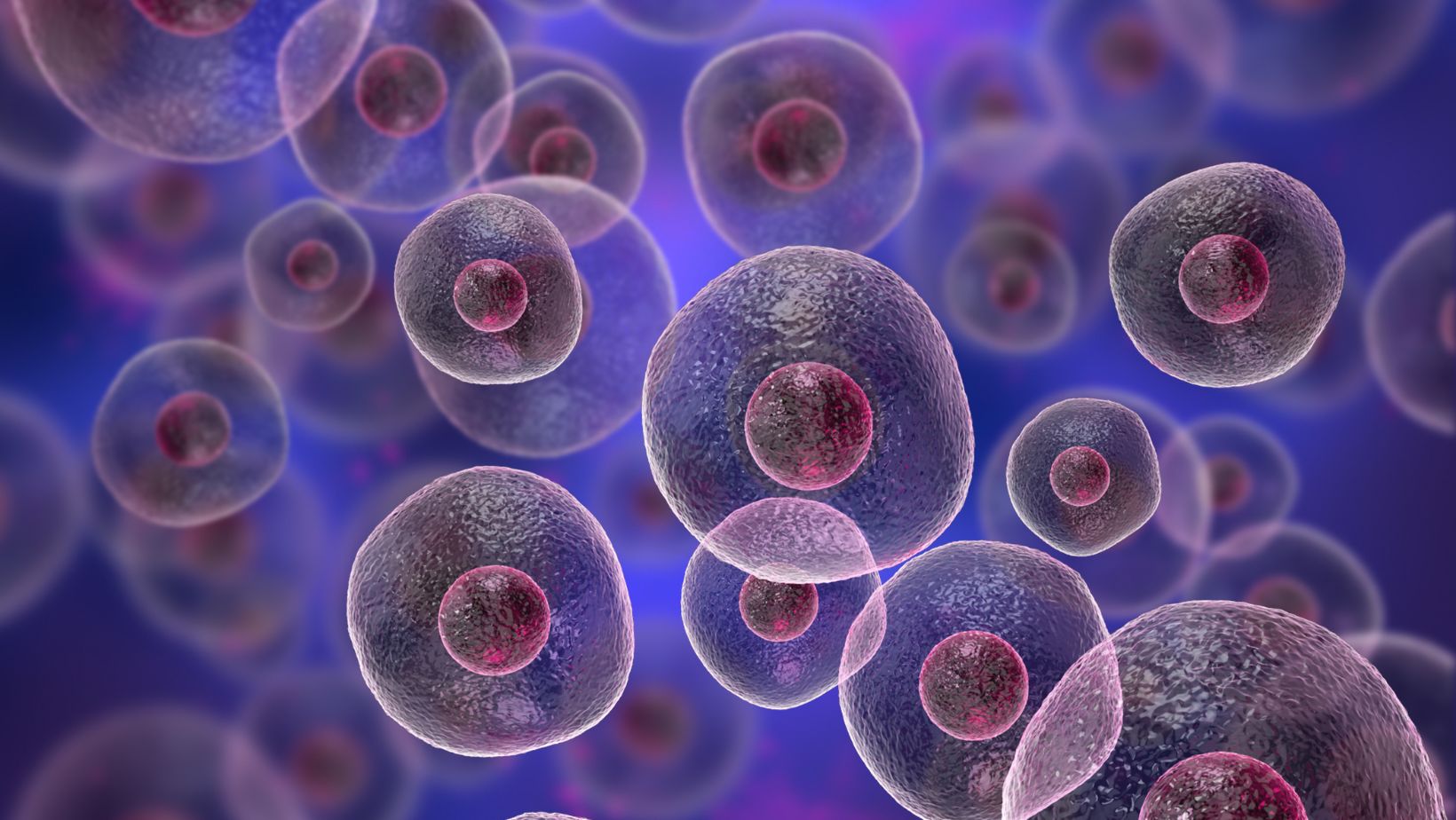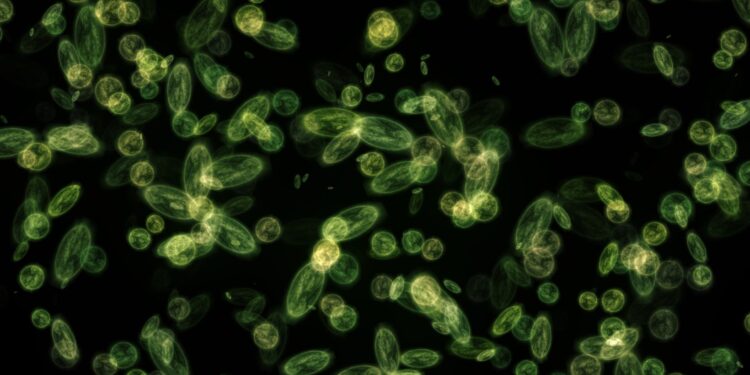Identify The Thylakoid Membrane of The Cyanobacterium Shown Here.
Cyanobacteria, also known as blue-green algae, are fascinating microorganisms that play a crucial role in the Earth’s ecosystems. One of the key features of cyanobacteria is their thylakoid membrane, which is essential for their photosynthetic process. In this article, we will delve into the world of cyanobacteria and explore the structure and function of their thylakoid membrane.
The thylakoid membrane is a specialized structure found within the cyanobacteria cells, responsible for capturing light energy and converting it into chemical energy through photosynthesis. This intricate membrane system is composed of stacks of flattened sacs called thylakoids, which are interconnected by thin tubular structures known as stromules. Understanding the thylakoid membrane is crucial for unraveling the mysteries of cyanobacterial photosynthesis and its potential applications in various fields.
What is a Cyanobacterium?
Cyanobacteria, also known as blue-green algae, are a group of photosynthetic bacteria that play a crucial role in various ecosystems. They can be found in diverse environments such as oceans, lakes, rivers, and even on land. These microorganisms are unique because they have the ability to produce oxygen through photosynthesis, just like plants.
One key component of cyanobacteria is the thylakoid membrane, which is vital for their photosynthetic process. The thylakoid membrane is made up of stacks of sacs called thylakoids, which are interconnected by tubular structures known as stromules. These structures are responsible for transporting materials and maintaining the overall structure of the thylakoid membrane.
Identifying the thylakoid membrane of cyanobacteria is essential for understanding their photosynthetic abilities and potential applications in various fields. By studying the thylakoid membrane, scientists can gain insights into the mechanisms behind cyanobacteria’s photosynthetic process and how it can be harnessed for renewable energy production.
Structure of a Cyanobacterium
Cell Wall
The cell wall of a cyanobacterium is a crucial component that provides structural support and protection. It consists of a rigid outer layer made up of peptidoglycan, a polymer composed of sugars and amino acids. This layer acts as a barrier, preventing the entry of harmful substances and protecting the fragile inner components of the cell.
Plasma Membrane
The plasma membrane, also known as the cytoplasmic membrane, is a selectively permeable barrier that separates the cell’s internal environment from the external surroundings. It is composed of a phospholipid bilayer embedded with proteins. The plasma membrane controls the movement of substances in and out of the cell, allowing for the exchange of nutrients, gases, and waste products.
Thylakoid Membrane
The thylakoid membrane is a specialized internal membrane system found within the cyanobacterium. It plays a crucial role in photosynthesis, the process by which light energy is converted into chemical energy. The thylakoid membrane contains pigments, such as chlorophyll and carotenoids, which capture light energy and initiate the photosynthetic reactions.
The thylakoid membrane is organized into stacks called thylakoids, which are interconnected by tubular structures called stromules. These stacks provide a large surface area for the attachment of photosynthetic pigments and other proteins involved in the light-dependent reactions of photosynthesis. The arrangement of thylakoids within the cyanobacterium allows for efficient light absorption and electron transfer, enabling the generation of ATP (adenosine triphosphate) and NADPH (nicotinamide adenine dinucleotide phosphate), which are essential for the synthesis of carbohydrates.

Functions of The Thylakoid Membrane
Photosynthesis
One of the key functions of the thylakoid membrane in cyanobacteria is to facilitate the process of photosynthesis. Photosynthesis is the process by which organisms convert light energy into chemical energy, using it to synthesize organic molecules such as glucose. The thylakoid membrane plays a crucial role in this process by housing the photosynthetic pigments and protein complexes necessary for capturing and utilizing light energy.
Within the thylakoid membrane, photosynthetic pigments such as chlorophyll and carotenoids are embedded. These pigments absorb light energy from the sun and transfer it to the photosystems, which are protein complexes located in the thylakoid membrane. The photosystems then use this energy to power the production of ATP (adenosine triphosphate) and NADPH (nicotinamide adenine dinucleotide phosphate), which are essential for the subsequent synthesis of glucose.
Oxygen Production
Another important function of the thylakoid membrane is the production of oxygen. During photosynthesis, as light energy is absorbed by the photosynthetic pigments in the thylakoid membrane, water molecules are split through a process known as photolysis. This results in the release of oxygen gas (O2) as a byproduct.
The oxygen produced during photosynthesis is vital for supporting life on Earth. It serves as a key component of the atmosphere and is necessary for the respiration of organisms, including humans. Additionally, the oxygen released during photosynthesis contributes to the maintenance of the oxygen cycle, which is critical for the overall balance of ecosystems.
Conclusion
The thylakoid membrane of cyanobacteria is a vital component for photosynthesis, energy conversion, and oxygen production. Composed of stacked thylakoids connected by stromules, this specialized membrane houses photosynthetic pigments and protein complexes that capture and utilize light energy. By understanding the structure and function of the thylakoid membrane, researchers can gain valuable insights into cyanobacterial photosynthesis and its potential applications in renewable energy and various fields. The thylakoid membrane of cyanobacteria is a complex and essential component for photosynthesis and energy conversion. By delving into its structure and function, scientists can unlock the potential of cyanobacterial photosynthesis for various applications, contributing to advancements in renewable energy and other fields.














